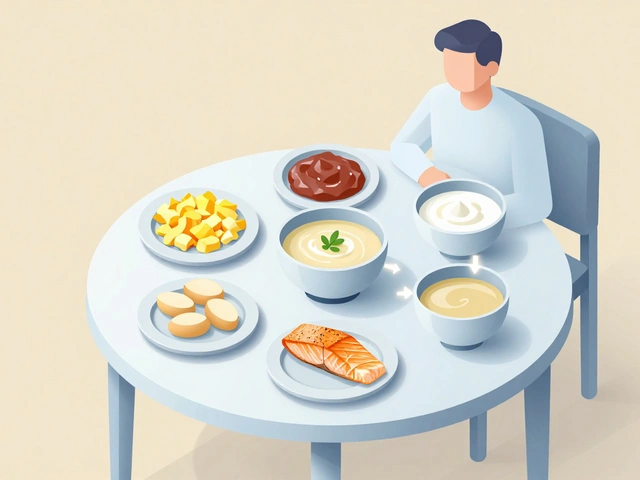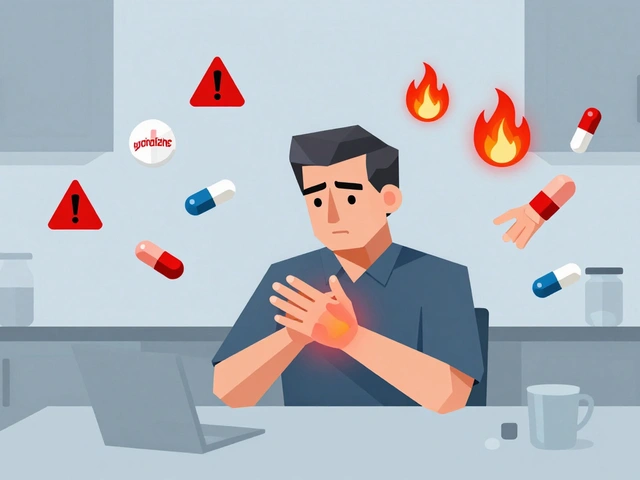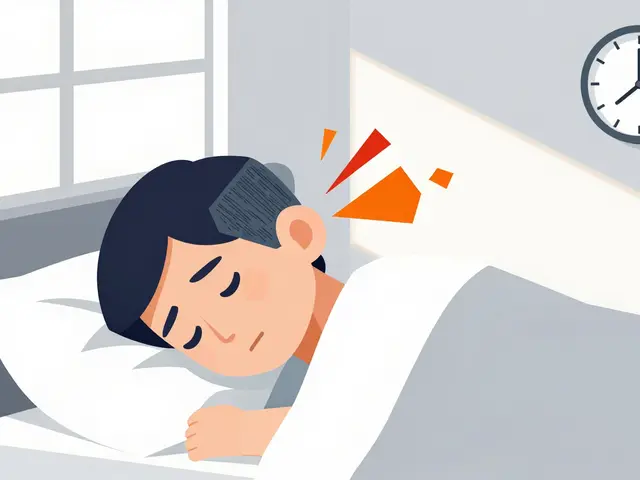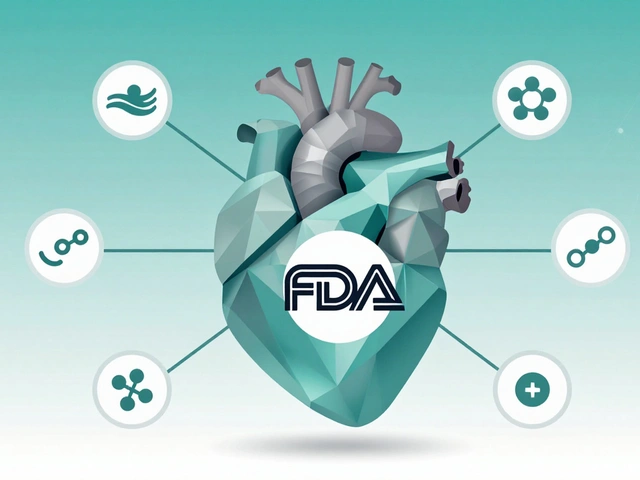Blood pressure: what it means and how to keep it under control
High blood pressure (hypertension) often shows no symptoms, but it raises your risk for heart attack, stroke, and kidney disease. Curious if your readings are OK? Normal is under 120/80 mmHg. Readings at or above 130/80 mmHg usually need attention and a plan to lower them.
How to check blood pressure at home
Want reliable home readings? Use an automatic cuff that fits your arm. Sit quietly for five minutes before measuring. Rest your arm on a table so the cuff is at heart level. Take two or three readings one minute apart and record the average. Measure at the same time each day—morning and evening give a good picture.
Don’t measure right after coffee, exercise, or smoking. If your numbers jump high once or twice, don’t panic—but watch for a pattern and share it with your clinician.
Treatment: practical steps you can start today
Small habits move numbers. Drop extra salt—aim under 2,300 mg daily, and closer to 1,500 mg if you can. Follow the DASH diet: more vegetables, fruit, whole grains, and lean protein. Lose even 5–10% of body weight and you can see meaningful drops in BP. Aim for 150 minutes a week of moderate exercise (brisk walking counts). Limit alcohol (no more than two drinks a day for men, one for women) and sleep well. Stress management—short walks, breathing exercises, or a calm hobby—helps too.
When lifestyle change isn’t enough, medications are common and effective. Main classes include thiazide diuretics (like chlorthalidone or hydrochlorothiazide), ACE inhibitors (lisinopril), ARBs, calcium-channel blockers (amlodipine), beta-blockers, and sometimes central agents like clonidine or alpha-blockers like doxazosin. Each type works differently and comes with possible side effects—so pick what fits your health and lifestyle with your doctor. If chlorthalidone isn’t a fit, we review solid alternatives elsewhere on our site.
Monitor for symptoms that need urgent care: severe headache, chest pain, sudden weakness, trouble speaking, or vision changes. Those can be signs of dangerously high pressure and need immediate medical attention.
Follow up matters. Once treatment starts, check BP regularly and keep a simple log. If numbers aren’t improving after a few weeks, your clinician may adjust doses or add a second drug. Medication plus lifestyle together usually works best.
Need quick next steps? Buy a validated home cuff, track readings daily for two weeks, try one lifestyle change this week (cut salt or add 20 minutes of walking), and book a call with your clinician to review your plan. Small, steady moves beat random attempts.
Have specific meds or side effects you’re worried about? Check our detailed articles on medication options and alternatives to common drugs, or contact your healthcare provider for personalized advice.
Toprol is a commonly prescribed beta blocker that helps manage high blood pressure, heart failure, and other heart issues. This article covers how Toprol works, its real benefits and possible side effects, as well as practical advice for people who take or are considering this medication. You’ll also find information about what to expect, alternative treatments, and everyday tips for living better with heart medicine. If you want a down-to-earth guide that makes sense of the facts without scaring you, this is for you.
Continue reading...
Terazosin is handy for managing high blood pressure and enlarged prostate, but its drug interactions can be risky—and often catch people off guard. This guide exposes which drugs to avoid, what happens if you don’t, and offers down-to-earth tips to keep you safe. Expect clear examples, smart facts, zero fluff, and advice you can actually use. Learn how to spot dangerous combos, deal with side effects, and talk to your doctor like a pro.
Continue reading...







